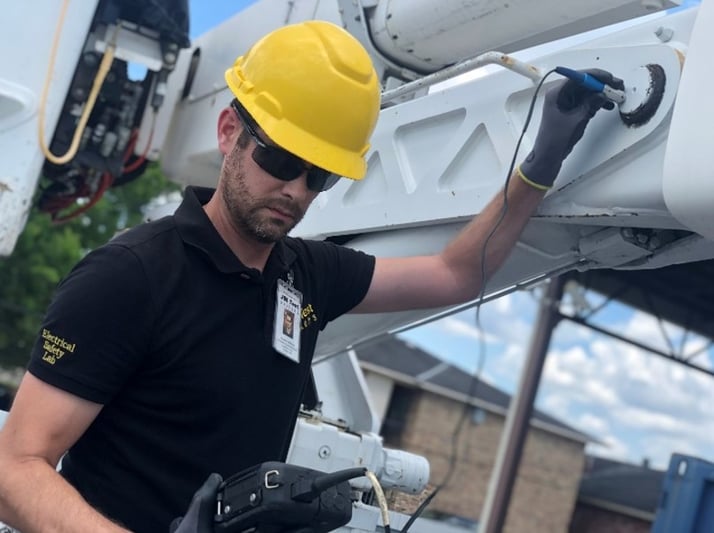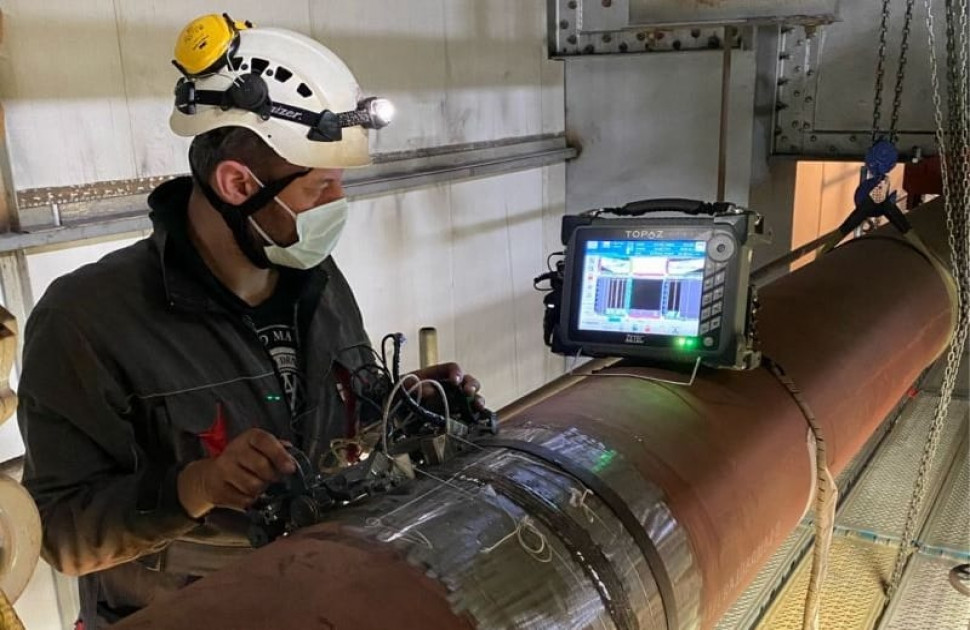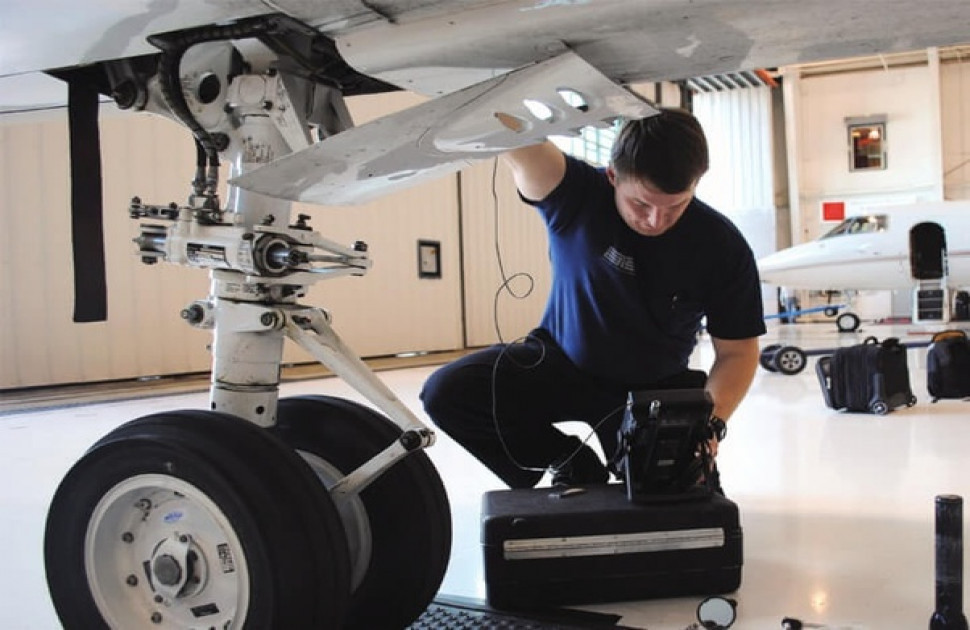In the fast-paced world of industrial quality assurance, maintaining synchronization accuracy in high speed inspections is crucial. These inspections are essential for ensuring that products meet rigorous standards and function correctly. With the ever-increasing demand for speed and precision, understanding the role of synchronization in these processes is more important than ever. In this article, we will dive into the intricacies of synchronization accuracy and its impact on high-speed inspections.

Understanding Synchronization in Inspections
Synchronization in the context of inspections refers to the precise coordination of various components and systems to ensure that they work together seamlessly. This is especially important in high-speed environments where even a slight delay or misalignment can lead to errors and inefficiencies. The goal is to achieve perfect timing and alignment so that inspections can be conducted accurately and efficiently.
Why Synchronization Accuracy Matters
Synchronization accuracy is vital for several reasons. First, it ensures that inspections are conducted in a repeatable and reliable manner. This consistency is essential for maintaining the quality of the products being inspected. Second, accurate synchronization helps to minimize the risk of defects or malfunctions, which can be costly and potentially dangerous. Finally, achieving high synchronization accuracy can enhance the overall efficiency of the inspection process, leading to faster production times and reduced costs.
Components of High-Speed Inspections
High-speed inspections involve several key components, each of which must be carefully synchronized to achieve optimal results. These components include imaging systems, sensors, data processing units, and control systems. Let’s take a closer look at each of these elements and their role in maintaining synchronization accuracy.
Imaging Systems
Imaging systems are used to capture detailed images of the products being inspected. These systems must be synchronized with the other components to ensure that images are captured at the right moment and with the necessary clarity. This requires precise timing and coordination, as even a slight delay can result in blurred or incomplete images.
Sensors
Sensors play a crucial role in high-speed inspections by detecting defects or anomalies in the products. These sensors must be accurately synchronized with the imaging systems and data processing units to ensure that they provide timely and accurate information. This synchronization is essential for identifying potential issues and preventing them from reaching the end customer.
Data Processing Units
Data processing units are responsible for analyzing the information collected by the imaging systems and sensors. These units must be synchronized with the other components to ensure that they can process data quickly and accurately. This synchronization is critical for making real-time decisions and taking corrective actions when necessary.
Control Systems
Control systems are used to manage the various components of the inspection process. These systems must be precisely synchronized to ensure that all elements work together harmoniously. This coordination is essential for maintaining the overall efficiency and effectiveness of the inspection process.
Challenges in Achieving Synchronization Accuracy
While achieving synchronization accuracy in high-speed inspections is essential, it is not without its challenges. Several factors can impact synchronization, including equipment limitations, environmental conditions, and human error. Let’s explore some of these challenges in more detail.
Equipment Limitations
One of the primary challenges in achieving synchronization accuracy is the limitations of the equipment used in the inspection process. Older or poorly maintained equipment may not be capable of achieving the necessary synchronization, leading to errors and inefficiencies. Regular maintenance and upgrades are essential for ensuring that equipment can meet the demands of high-speed inspections.
Environmental Conditions
Environmental conditions, such as temperature and humidity, can also impact synchronization accuracy. These factors can affect the performance of the equipment and lead to delays or errors. It is important to monitor and control environmental conditions to ensure that they do not interfere with the inspection process.
Human Error
Human error is another potential challenge in achieving synchronization accuracy. Mistakes in setup or calibration can lead to misalignment and synchronization issues. Proper training and standardized procedures can help to minimize the risk of human error and ensure that inspections are conducted accurately and efficiently.
Strategies for Improving Synchronization Accuracy
Despite the challenges, there are several strategies that can be employed to improve synchronization accuracy in high-speed inspections. These strategies include investing in advanced technology, implementing standardized procedures, and conducting regular maintenance and calibration.
Investing in Advanced Technology
Investing in advanced technology is one of the most effective ways to improve synchronization accuracy. Modern imaging systems, sensors, and data processing units are designed to work together seamlessly, making it easier to achieve precise synchronization. Additionally, many of these technologies come with built-in features that help to minimize errors and optimize performance.
Implementing Standardized Procedures
Implementing standardized procedures is another important strategy for improving synchronization accuracy. By establishing clear guidelines and protocols for the inspection process, companies can ensure that all components are properly synchronized and that inspections are conducted consistently and accurately.
Regular Maintenance and Calibration
Regular maintenance and calibration are essential for ensuring that equipment can achieve the necessary synchronization accuracy. This includes routine inspections, cleaning, and adjustments to keep equipment in optimal condition. By prioritizing maintenance and calibration, companies can reduce the risk of synchronization issues and improve the overall efficiency of the inspection process.
The Role of AI in Enhancing Synchronization Accuracy
Artificial Intelligence (AI) is playing an increasingly important role in improving synchronization accuracy in high-speed inspections. AI technologies can help to automate and optimize the inspection process, reducing the risk of errors and improving overall efficiency. For example, AI algorithms can analyze data in real-time and make adjustments to ensure that all components are properly synchronized. This can lead to more accurate inspections and faster production times.
Real-Time Anomaly Detection
One of the key advantages of AI is its ability to detect anomalies in real-time. By continuously monitoring the inspection process, AI systems can identify potential issues and take corrective actions before they become problems. This can help to improve synchronization accuracy and reduce the risk of defects reaching the end customer. For more information on real-time anomaly alerts, you can visit this page.
Predictive Maintenance
AI can also be used for predictive maintenance, which involves analyzing data to predict when equipment is likely to fail. By identifying potential issues before they occur, companies can take proactive measures to prevent synchronization problems and ensure that inspections are conducted accurately and efficiently. You can learn more about predictive maintenance in HVAC systems here.
Case Study: Successful Implementation of Synchronization Accuracy
To illustrate the importance of synchronization accuracy, let’s look at a case study of a company that successfully implemented these strategies. This company, a leading manufacturer in the automotive industry, faced challenges with synchronization accuracy in its high-speed inspections. By investing in advanced technology and implementing standardized procedures, the company was able to achieve significant improvements in synchronization accuracy.
The implementation of AI technologies allowed the company to automate many aspects of the inspection process, reducing the risk of errors and improving overall efficiency. As a result, the company was able to reduce defects, improve product quality, and increase production speed. This success story demonstrates the potential benefits of prioritizing synchronization accuracy in high-speed inspections.
Conclusion
In conclusion, maintaining synchronization accuracy in high speed inspections is essential for ensuring product quality and efficiency. By understanding the components of high-speed inspections and the challenges involved, companies can implement strategies to improve synchronization accuracy. Investing in advanced technology, implementing standardized procedures, and leveraging AI can all contribute to more accurate and efficient inspections. As the demand for speed and precision continues to grow, the importance of synchronization accuracy will only increase.

FAQs
What is synchronization accuracy in high-speed inspections?
Synchronization accuracy refers to the precise coordination of various components and systems in high-speed inspections to ensure that they work together seamlessly. This is important for maintaining the quality and efficiency of the inspection process.
What are the challenges in achieving synchronization accuracy?
Challenges in achieving synchronization accuracy include equipment limitations, environmental conditions, and human error. These factors can impact the performance of the inspection process and lead to errors and inefficiencies.
How can AI improve synchronization accuracy?
AI can improve synchronization accuracy by automating and optimizing the inspection process. AI technologies can detect anomalies in real-time, make adjustments, and predict potential issues before they occur, leading to more accurate and efficient inspections. To explore more about AI applications in inspections, visit this link.
For more insights on equipment inspection frequencies, you can refer to this informative article.
This article contains affiliate links. We may earn a commission at no extra cost to you.
